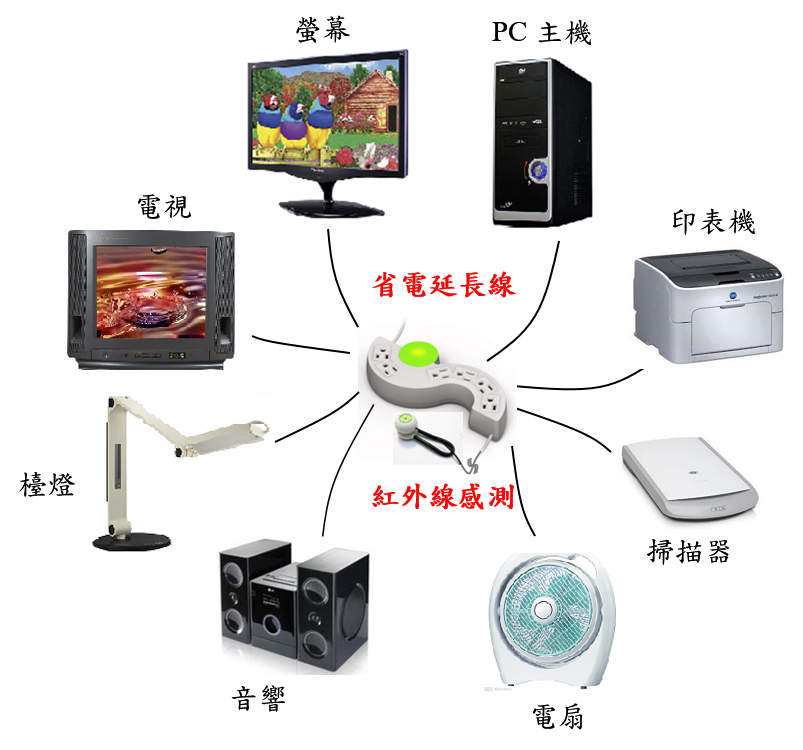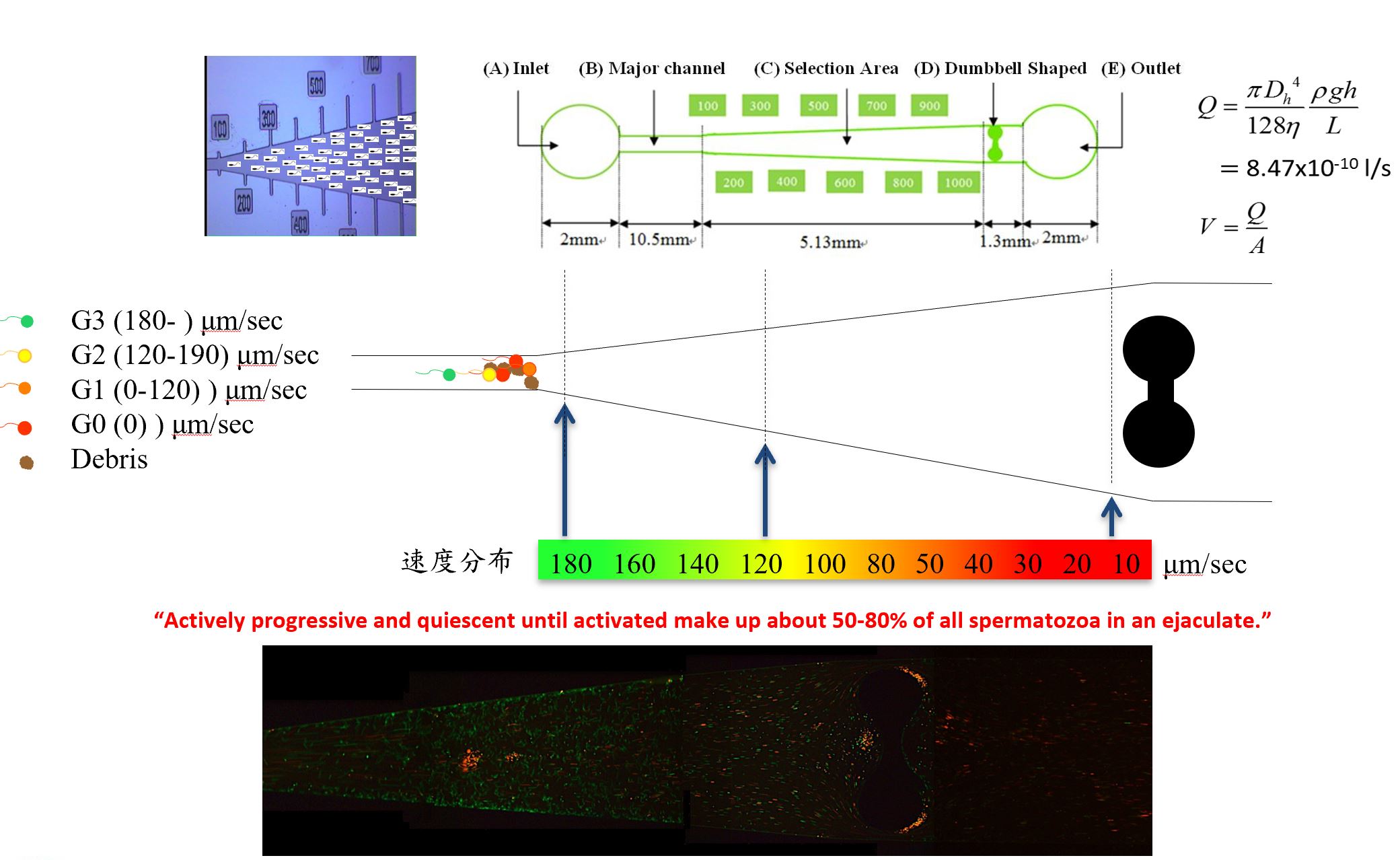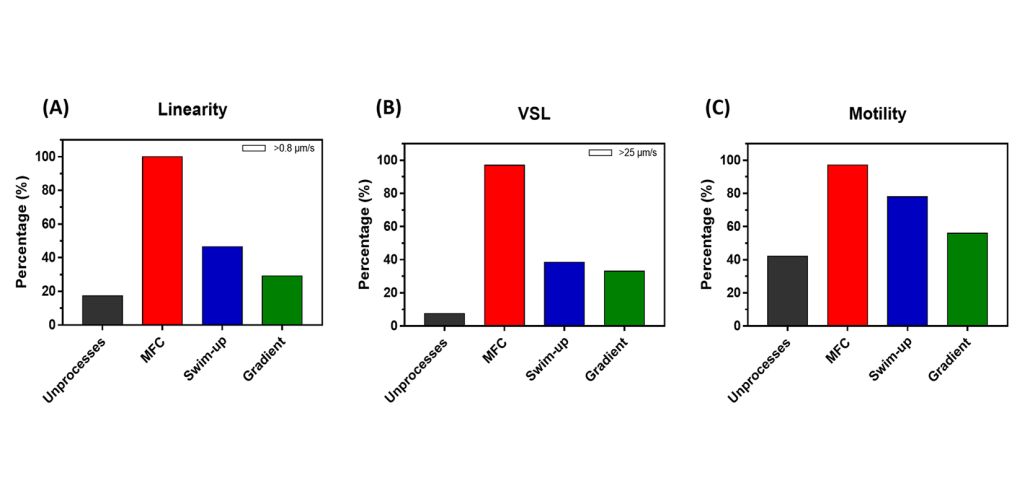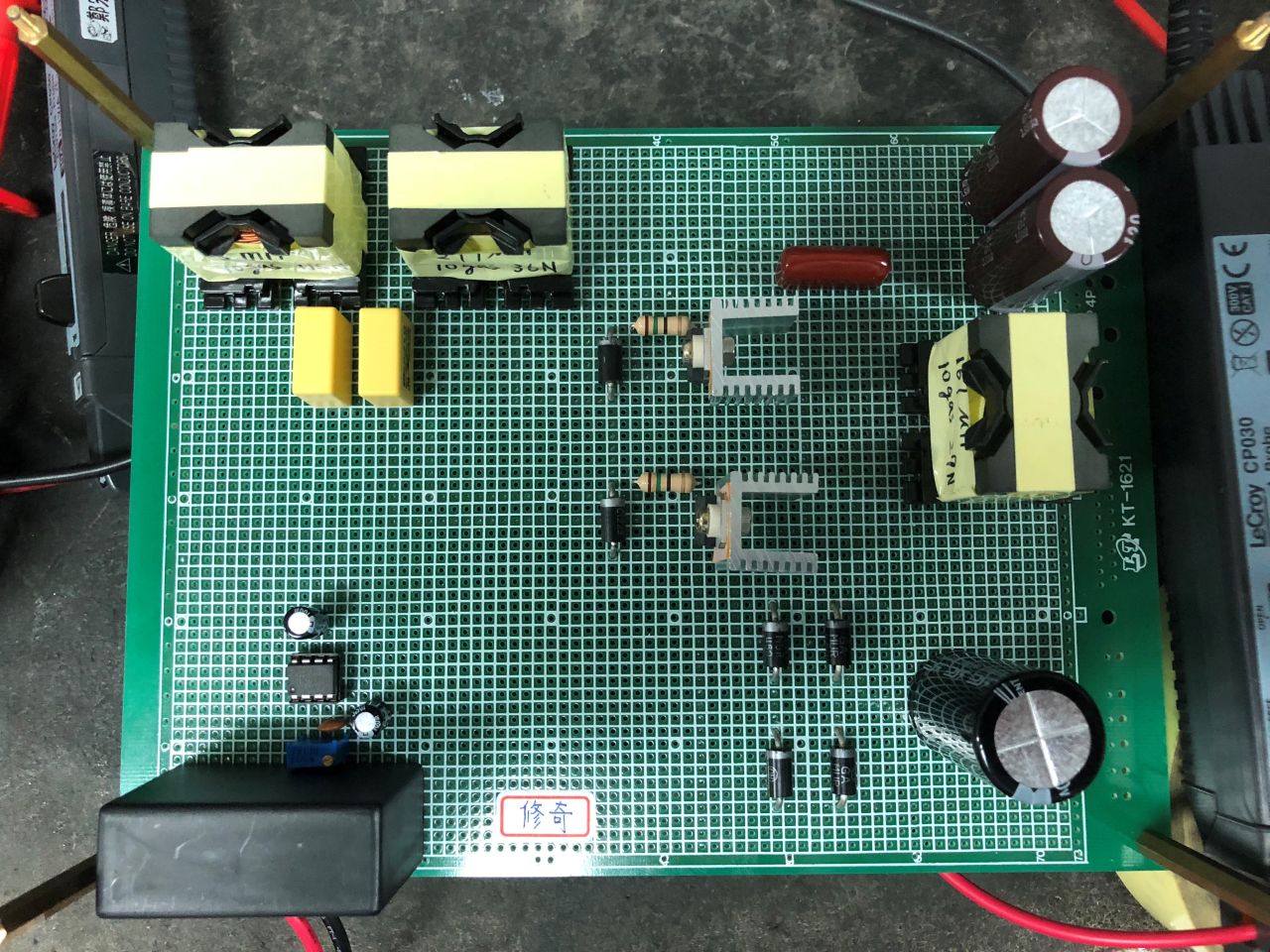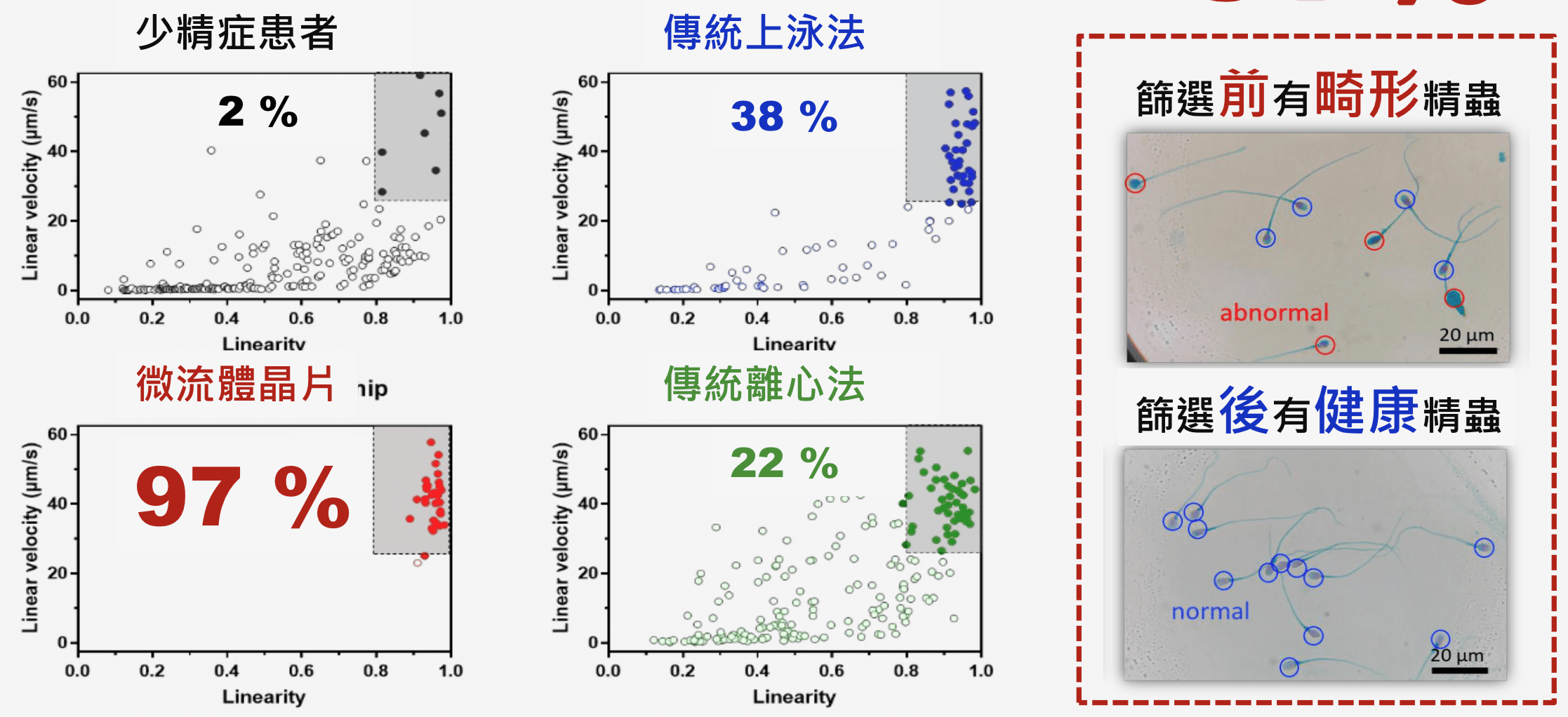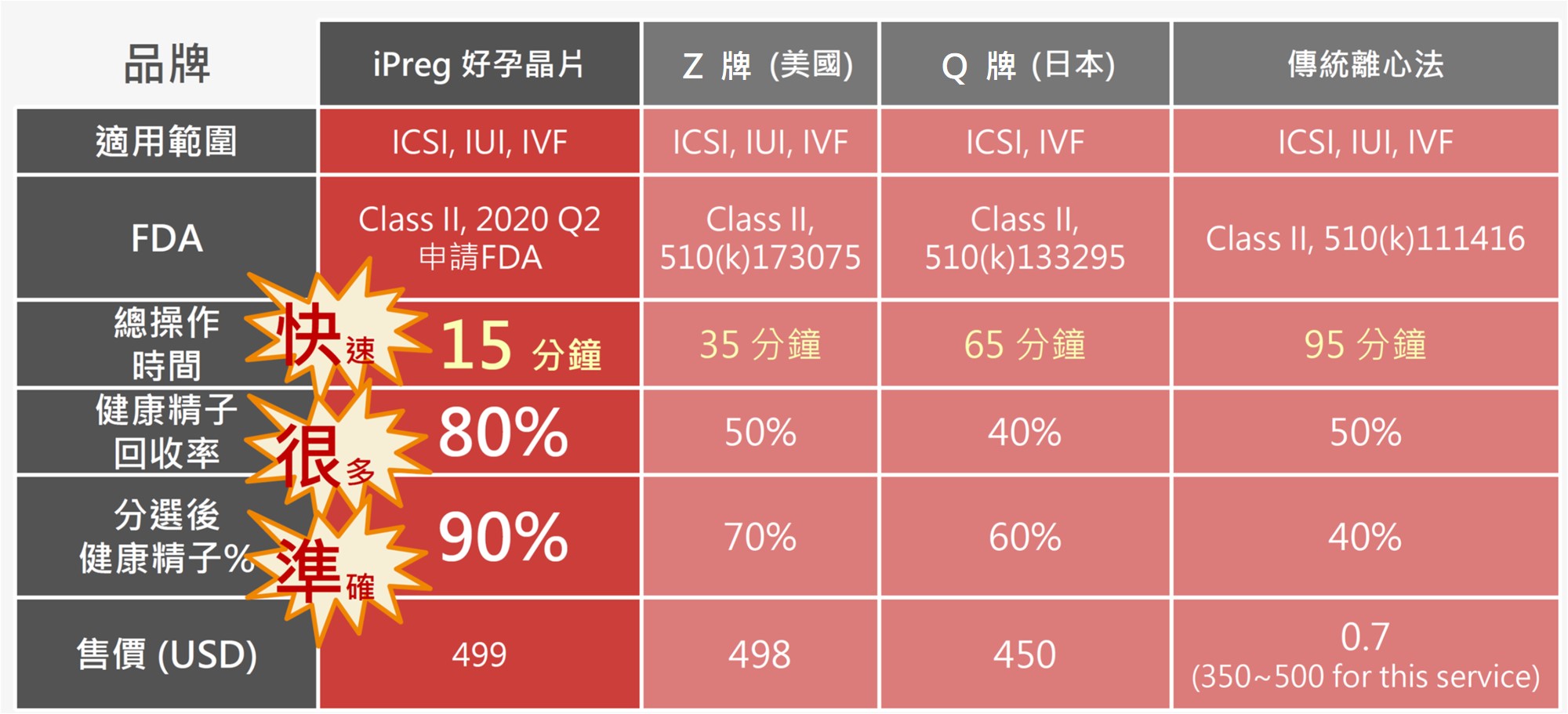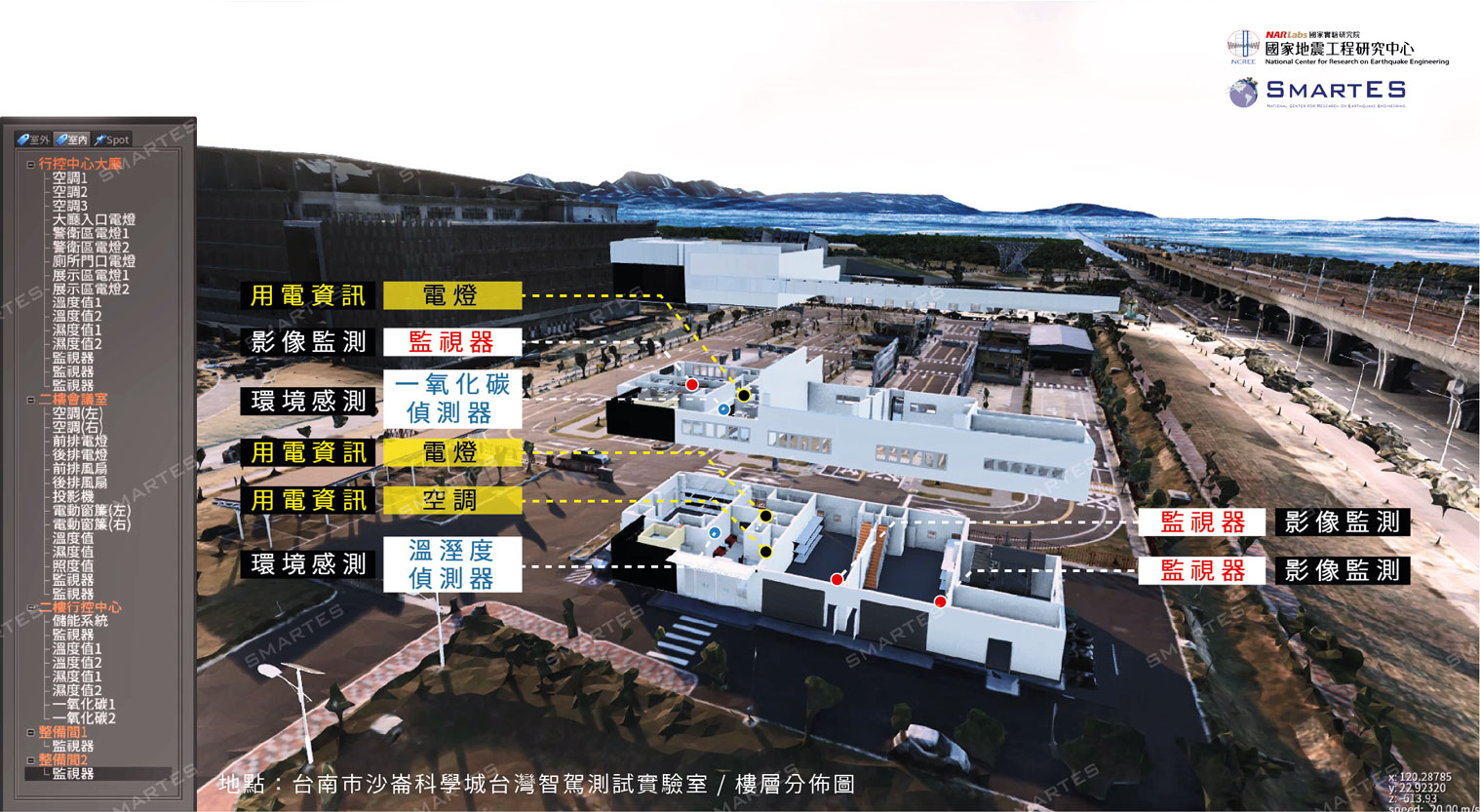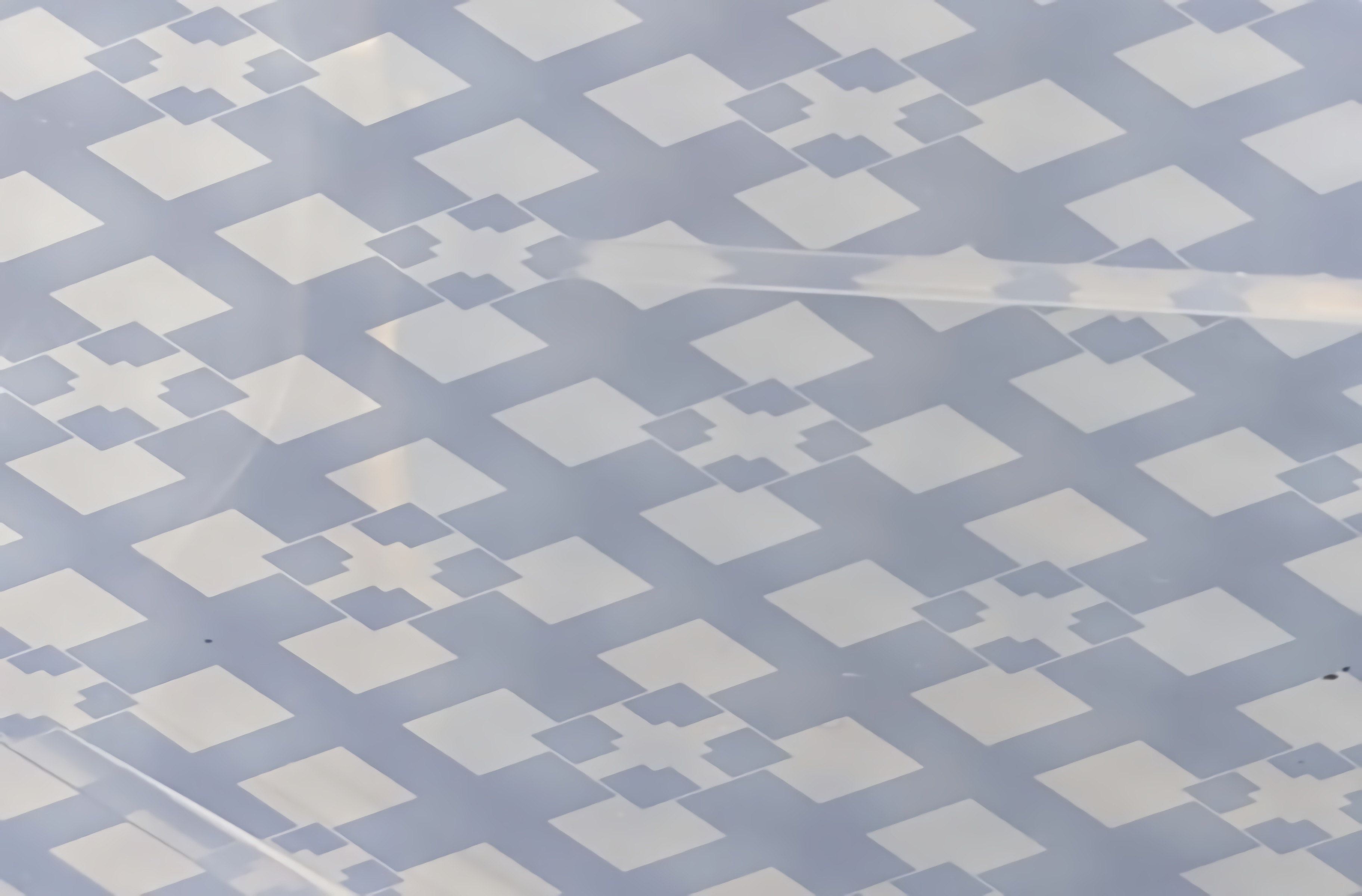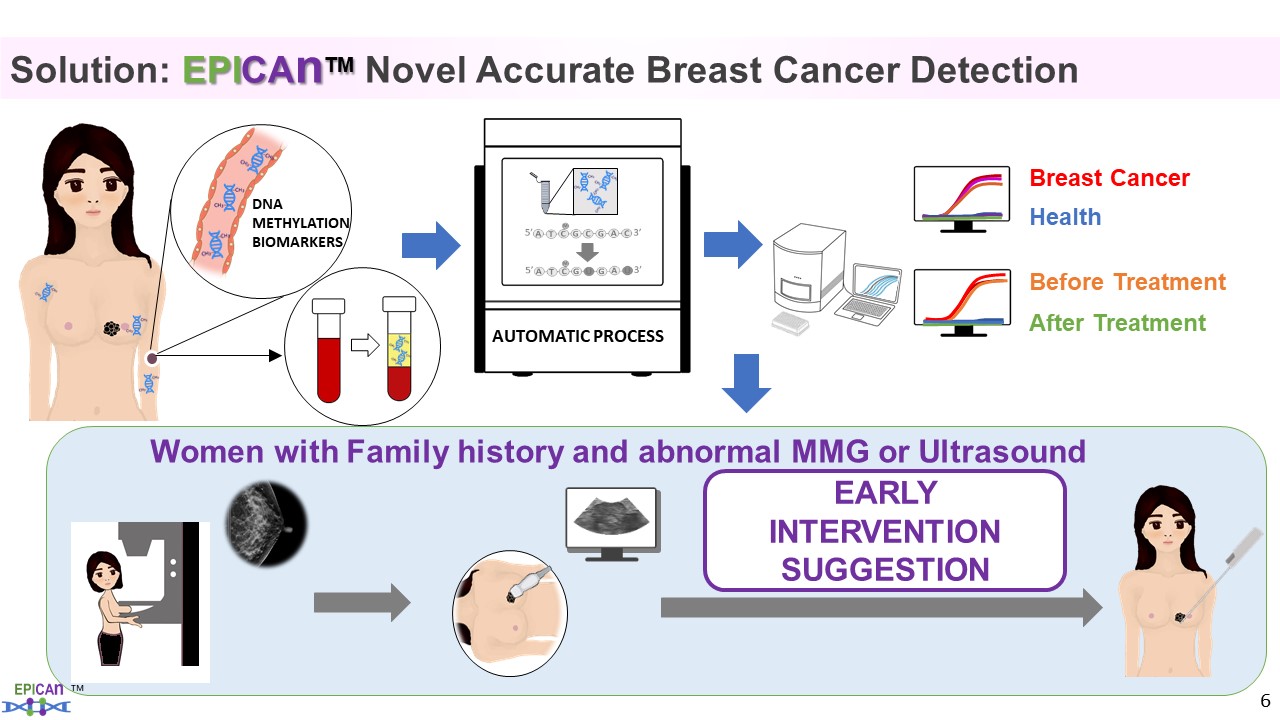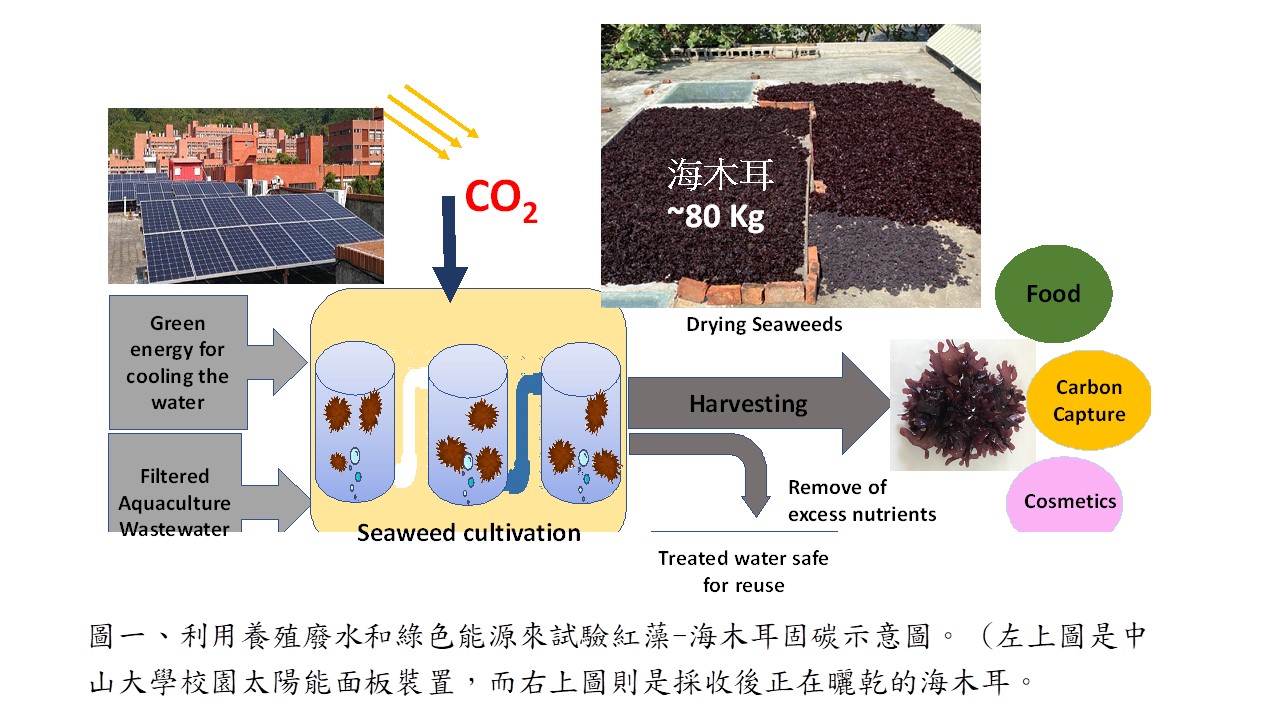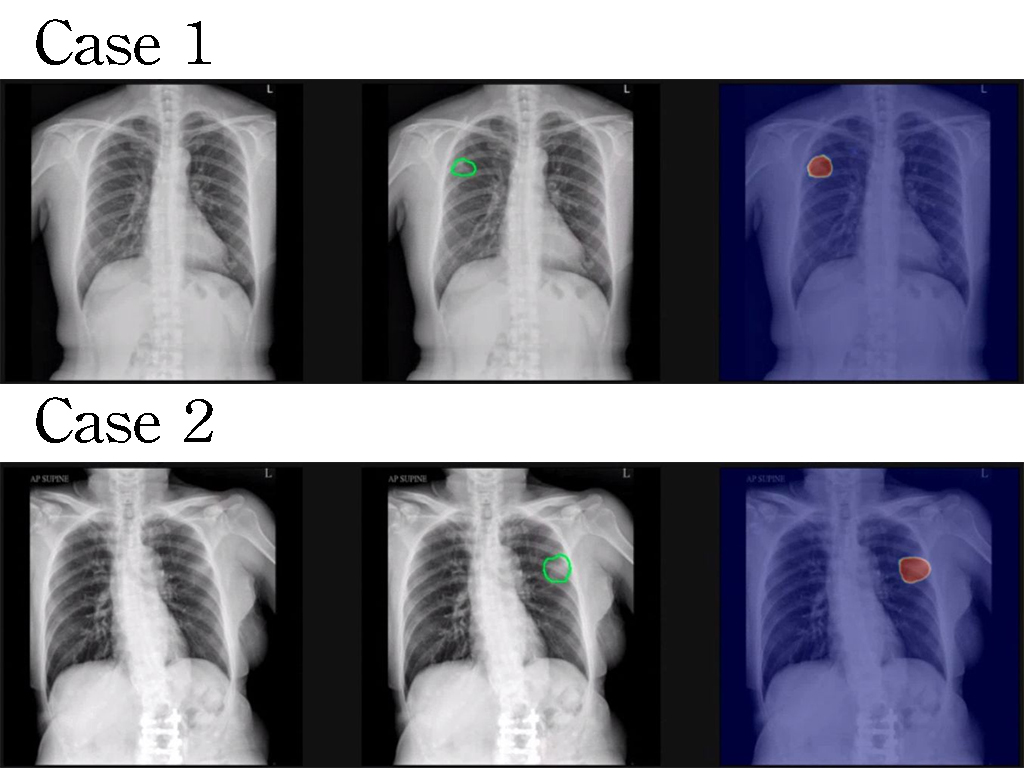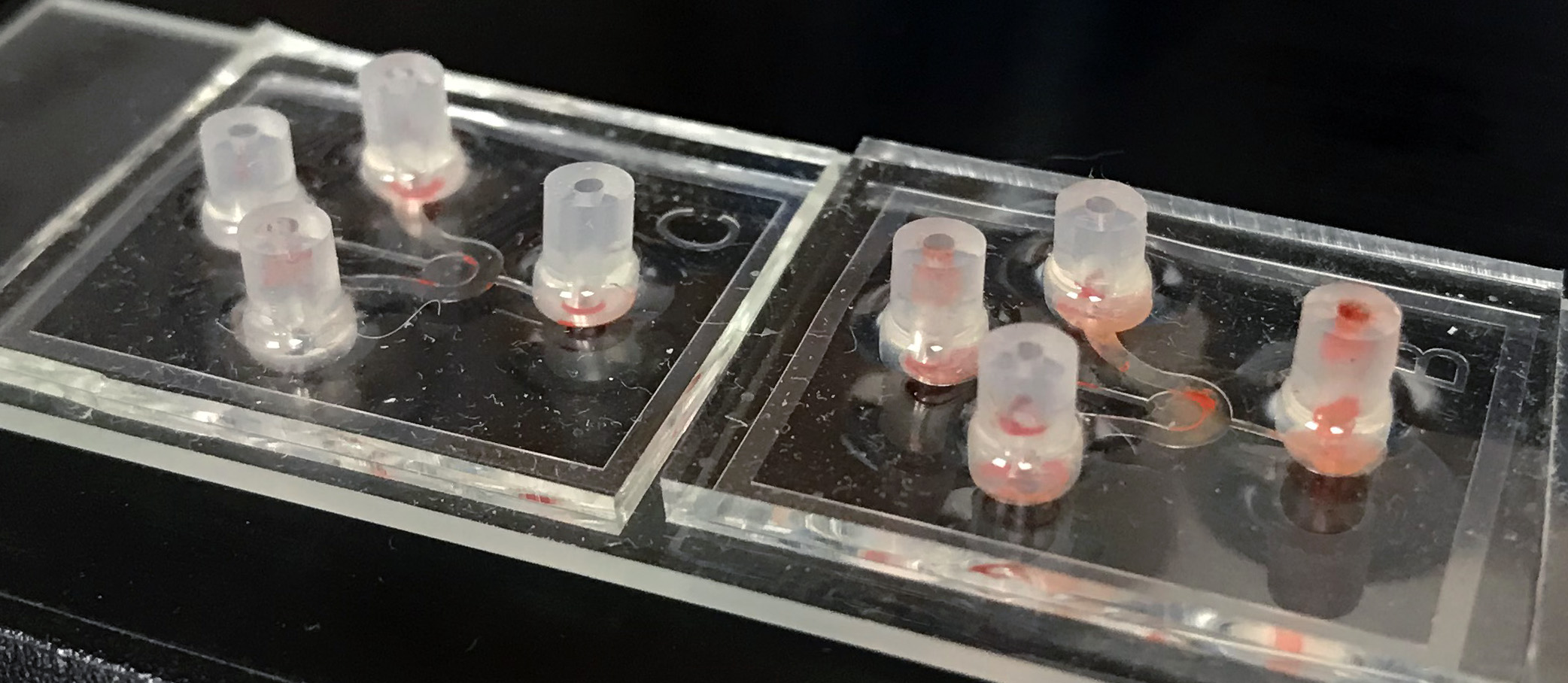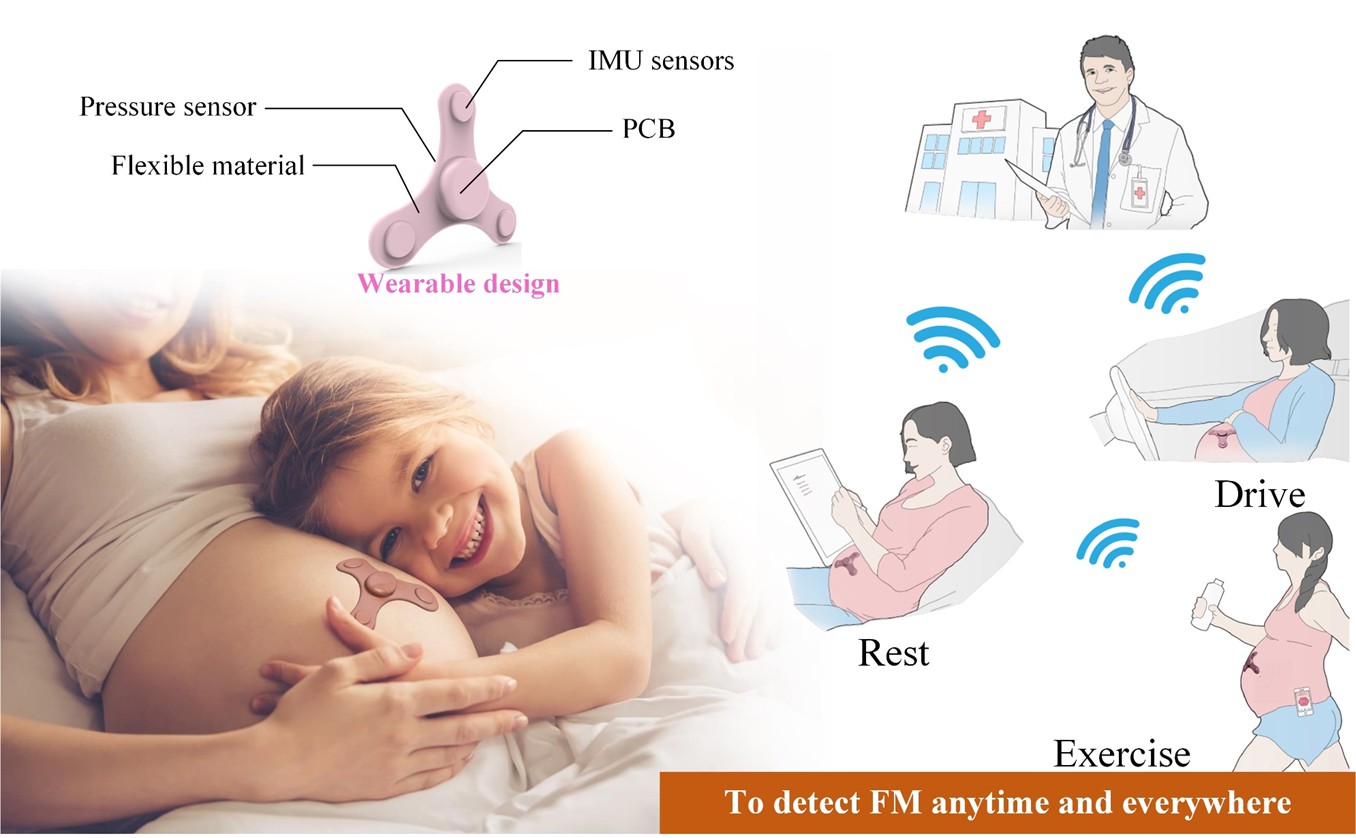| Summary |
Infertility is a serious globe issue, over 20% infertile male has sperm problems. Up to
date, activity sperm sorting is usually using Swiming-up and Density gradient centrifugation approaches. Unfortunately, both methods are detrimental to the sperm viability and elicits production of reactive oxygen species. Microfluidic sperm sorters allow effective recovery of sorted motile sperm without DNA damage compared with the centrifugation and swim-up procedure. Separation sperm by microfluidics has been put emphasis on and studied; howev-er, it is usually with low throughput. |
| Scientific Breakthrough |
The chip designed by our team has the following absolute advantages in industrial applications: (1) The sorting process of the chip designed by this team only takes 5 minutes. (2) After recovery by other competition teams, the activity of insects is only close to 50%, and the special microchannel of our team can enhance to 97%. (3) This platform is suitable for the sorting of other mammals animals, and the products in the market are not suitable for the screening of other animals. (4) Compared with other competition teams, which can only distinguish between dead and alive cells, this system can classify sperm and screen out the most fertile sperm cells. (5) This system can eliminate abnormal sperm type, and can improve 50% sperm morphology patient samples to 99.9% healthy sperm cells. |
| Industrial Applicability |
Our team integrates industry and academia capabilities, developed a sperm sorting chip with clinical application, It has the characteristics of fast, high recovery, harmless, etc., and can be widely used in IVF and ICSI procedures, replacing the traditional swimming-up and centrifugation method. In order to avoid damage to the screened insects, it may lead to the success of embryo implantation in the future. This new type artificial reproductive assisted technology platform is expected to improve the success of test-tube babies and reduce the problem of birthrate. |

